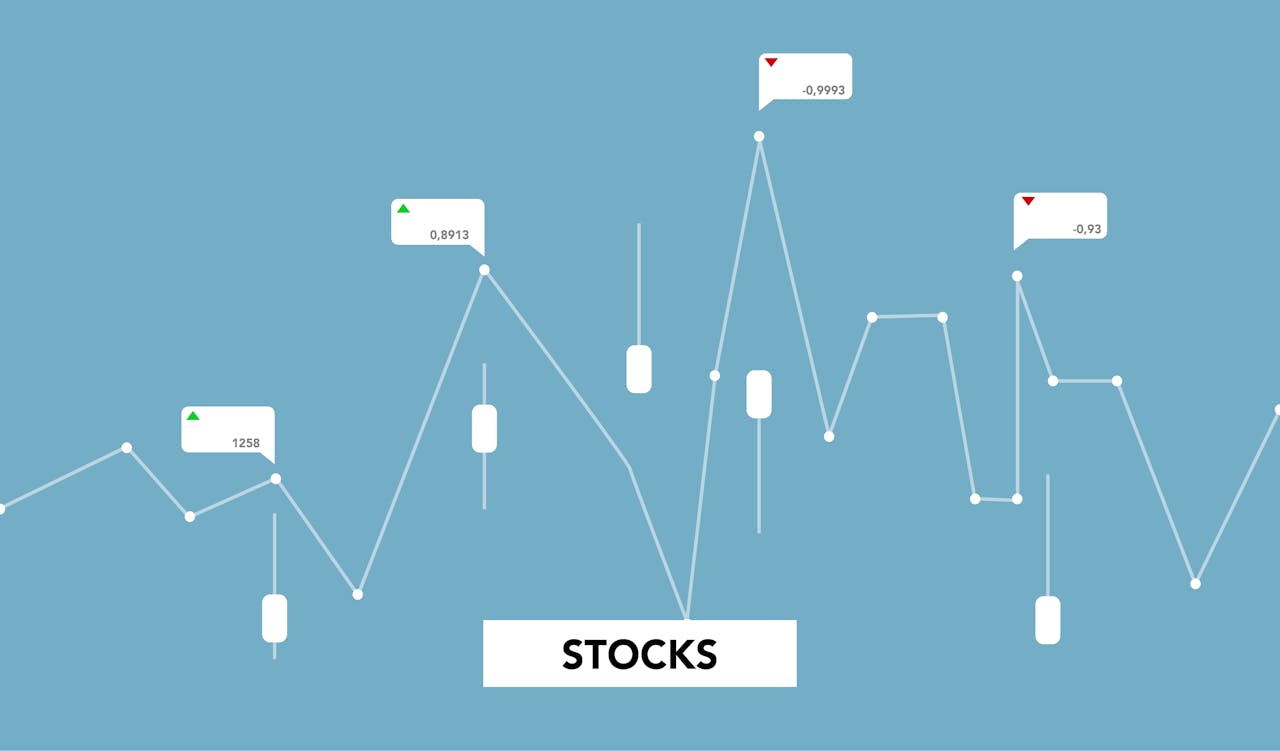Bonds are a fundamental component of the financial landscape, serving as a popular investment option for individuals and institutions alike. Investors seeking stable returns often turn to bonds as a means of diversifying their portfolios. However, to navigate the bond market effectively, one must understand the different types of bonds and the associated risks. This essay explores these aspects in detail.
What Are Bonds?
At their core, bonds are debt securities. When you purchase a bond, you are essentially lending money to the issuer, which could be a corporation, municipality, or government. In return, the issuer promises to pay you interest, known as the coupon, at regular intervals until the bond matures. Upon maturity, the principal amount is returned to the investor. This simple structure provides a reliable income stream, making bonds appealing to conservative investors.
Types of Bonds
Understanding the various types of bonds is crucial for any investor. Each type comes with its own set of features and risks.
Government Bonds
Government bonds are issued by national governments. They are often considered the safest investment option, as they are backed by the government’s credit. U.S. Treasury bonds, for example, are known for their low risk and steady returns. They are ideal for conservative investors seeking security. However, lower risk typically means lower returns compared to other bond types.
Corporate Bonds
Corporate bonds are issued by companies to raise capital. They generally offer higher yields than government bonds but come with increased risk. The financial health of the issuing company directly affects the bond’s value. Investors must assess the creditworthiness of the corporation before investing. Therefore, corporate bonds can be a suitable option for those seeking higher returns.
Municipal Bonds
Municipal bonds are issued by states, cities, or other local government entities. These bonds are often tax-exempt, making them attractive to investors in higher tax brackets. While they are considered relatively safe, the risk varies based on the financial health of the issuing municipality. Investors should research the specific municipality before making a decision.
High-Yield Bonds
High-yield bonds, also known as junk bonds, are issued by companies with lower credit ratings. They offer higher interest rates to compensate for the increased risk of default. While these bonds can provide substantial returns, they are best suited for investors with a higher risk tolerance. Thorough research and risk assessment are essential when considering high-yield bonds.
Bond Risks
While bonds are generally perceived as safer investments, they are not without risks. Understanding these risks is crucial for making informed investment decisions.
Interest Rate Risk
Interest rate risk is the possibility that changes in interest rates will negatively affect bond prices. When interest rates rise, existing bonds with lower rates become less attractive, leading to a decline in their market value. This risk is particularly relevant for long-term bonds, as their prices are more sensitive to interest rate fluctuations.
Credit Risk
Credit risk refers to the possibility that the issuer may default on its payment obligations. Corporate bonds carry a higher credit risk than government bonds. To assess credit risk, investors should consider the issuer’s credit rating. Agencies such as Moody’s and Standard & Poor’s provide ratings that can guide investors in evaluating this risk.
Inflation Risk
Inflation risk is the chance that rising prices will erode the purchasing power of future interest payments and principal repayment. Fixed-rate bonds may lose value in real terms if inflation exceeds the coupon rate. Thus, investors should be cautious of inflation trends when investing in bonds.
Reinvestment Risk
Reinvestment risk occurs when interest payments or principal repayments cannot be reinvested at the same rate as the original bond. This risk is especially relevant in a declining interest rate environment. Investors may find that they can only reinvest their earnings at lower rates, reducing overall returns.
Strategies for Investing in Bonds
Having a solid strategy can mitigate risks associated with bond investing. Diversification is key. By spreading investments across various bond types and maturities, investors can reduce their exposure to specific risks. Additionally, considering bond funds can provide instant diversification.
Consider Duration
Duration measures a bond’s sensitivity to interest rate changes. Longer-duration bonds typically experience greater price fluctuations when interest rates rise or fall. By managing the duration of a bond portfolio, investors can better align with their risk tolerance and investment goals.
Monitor Economic Indicators
Keeping an eye on economic indicators can help investors anticipate interest rate movements and inflation trends. For instance, if economic growth is robust, interest rates may rise. Understanding these dynamics can guide investment decisions in the bond market.
Stay Informed
Continuous education about the bond market is essential. Numerous resources, including financial news outlets and investment seminars, can provide valuable insights. Staying informed about market trends and changes in economic conditions enables investors to make timely decisions.
Conclusion
Understanding bonds, including their types and associated risks, is essential for any investor. Bonds can offer stable returns and diversify an investment portfolio. However, risks such as interest rate fluctuations, credit concerns, inflation, and reinvestment must be carefully evaluated. By implementing sound investment strategies and staying informed, investors can navigate the bond market successfully. Ultimately, a well-rounded approach to bond investing can lead to financial stability and growth in an ever-changing economic landscape.
Check out our Facebook or X accounts.
For more topics check this.



